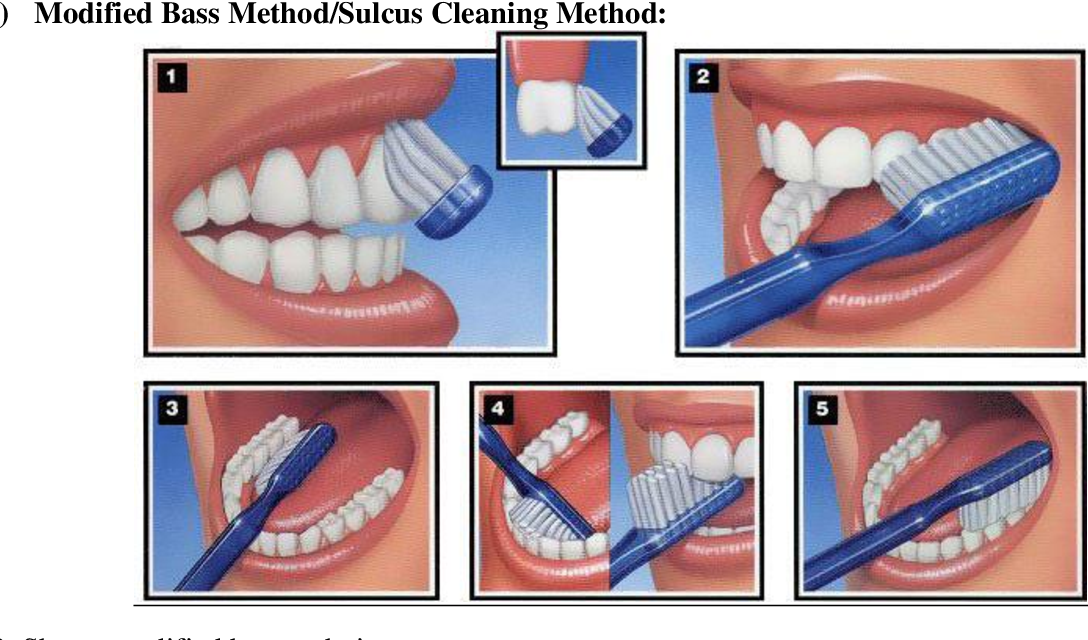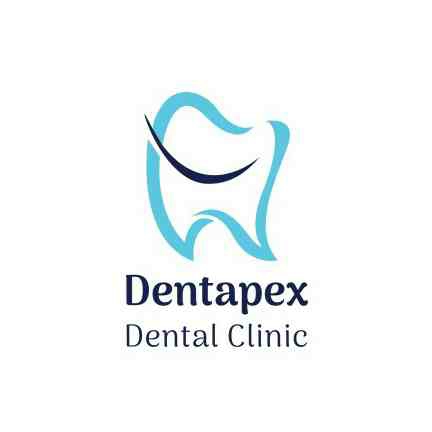+918045133587

This is your website preview.
Currently it only shows your basic business info. Start adding relevant business details such as description, images and products or services to gain your customers attention by using Boost 360 android app / iOS App / web portal.
BRUSH YOUR TEETH TWICE DAILY!!!! Yes we all know t...

BRUSH YOUR TEETH TWICE DAILY!!!! Yes we all know that brushing your teeth twice daily helps in keeping your teeth away from cavities. But only brushing twice will not help, the way you brush your teeth is also important. HOW LONG DO YOU NEED TO BRUSH?? Proper brushing takes at least two minutes. Two minutes can seem like a long time - especially for children. Brushing for longer than two minutes is not harmful, as long as you're using firm but gentle pressure. Using too much pressure can damage enamel and gum tissue, leading to tooth sensitivity and irritated gums. Try brushing with your non-dominant hand to realize the difference in the amount of pressure on your teeth. You can prevent and control gum disease by brushing around and under the gumline where bacteria and plaque accumulate. BRUSHING TECHNIQUES You can prevent and control gum disease by brushing around and under the gumline where bacteria and plaque accumulate. There are three conventional brushing techniques you can try to ensure you're cleaning your teeth well. 1. BASS OR SUCULAR TECHNQUE The Bass method of brushing involves using the toothbrush bristles to scrub off plaque— commonly known as biofilm — from underneath your gums before it can cause gingivitis. A 2018 systemic review and analysis of various brushing techniques found that the modified Bass/Bass technique was the most effective in reducing plaque and gingivitis than the horizontal method. METHOD:- Hold the toothbrush parallel to your teeth Tilt the brush to a 45-degree angle Angle the brush so the bristles are slightly under the gumline With a firm yet gentle pressure, brush back and forth or use a circular motion 15 to 20 times. Then gently sweep the brush from gum surface to chewing surface and then move to the next set of teeth Brush all teeth on the outer surface and then clean the backside of the teeth using the same motions Hold the toothbrush in a vertical position behind your front teeth and brush up and down, using the bristles on the toe of the brush Brush the chewing surface of the molars and brush your tongue ADVANTAGES:- Removes food debris in between teeth, exposed root surfaces 2. STILLMAN TECHNQUE The Stillman brushing technique is similar to the Bass technique. However, instead of circles, you use short horizontal strokes back-and-forth on all surfaces of the teeth. ADVANTAGES:- Removes Food debris that is logged in lager gaps between teeth. 3. CHARTER TECHNQUE Your dentist may recommend the Charter method if you have spaces between your teeth, gum recession, exposed roots, or have had periodontal surgery. Charter is also useful if you have orthodontic appliances or fixed partial dentures. METHOD:- Place the bristles on the gumline at a 45-degree angle, pointing toward the tooth's chewing surface or crown. This position is the opposite of the Bass and Stillman technique. Gently vibrate the brush for 15 to 20 counts, using short circular strokes or small back and forth motions. Brush all your teeth in the same pattern, brushing all tooth surfaces and sides. INDICATIONS:- Patients with Orthodontic braces, after periodontal surgeries. 4. FONES CIRCULAR BRUSHING TECHNIUE Most easiest way of brushing. METHOD:- Just have to move the brush in a circular motion around a set of teeth ( 3 teeth at a time ) and move on to next set. INDICATION:-Especially for children's. 5. ROLL STROKE TECHNQUE METHOD:- Brush Is placed onto the gum surface and with sweeping motion brush is brought to the chewing surface. INDICATION:- Addition to Bass technique.

